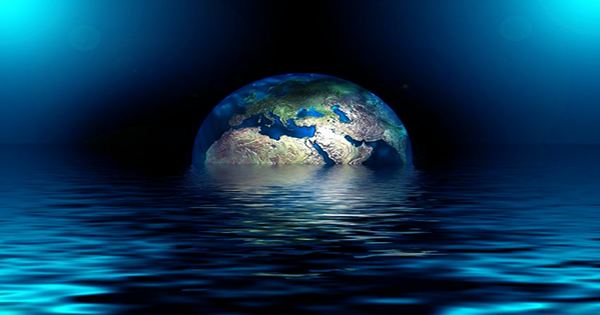In the history of human exploration, the settlement of Eastern Polynesia is among the most notable successes. Although Western Polynesia, which was settled about 3000 years ago, is relatively accessible from Asia, the eastern Pacific islands are much farther away. Finding them in the small craft available to Polynesians without complexes or sequences was almost like going to the moon. Evidence from the island of Atiu reveals some of these voyages were earlier than previously Suspected, and provides a strong hint of what drove them. Although the name has been changed, it is now known as the Cook Islands. The first settlers are believed to have crossed the open sea about 1000 kilometers (600 miles) from Tonga or Samoa. Even this amazing trip was the first step in a more significant journey to Rapa Nui (Easter Island).
The timing of the first arrivals is in doubt, but University of Southampton professor David Sear Atiu has analyzed the original samples collected from the mud in a lake. Most of the specimen-led, 6,000-year-old soils showed no signs of mammals (the island’s fruitbats apparently left no trace), but detected an increase in mammal stools in Sear around 900 AD. He attributed it to humans and their pigs being visited 100-200 years ago by most previous estimates, but Sear thinks the island was first used as a walkway, not a permanent home.
Within a century, other signs of human activity appeared, along with the burning of forests to make way for crops. An explosion of microcharcoals was found in Sierra about 1,400 years ago that could indicate a brief settlement or further burning of the bottom. In the proceedings of the National Academy of Sciences, Sierra and co-authors compare Atiu’s sediments with cores collected from Samoa and Vanuatu. They found that arrivals in Atiu coincided with the driest period on the islands in the last 2,000 years, as rainfall shifted northward.
The authors conclude that the temporarily dry islands can no longer support many people, creating an incentive to explore new locations. Meanwhile, the accompanying wind shift made the journey east easier. When the rain systems returned to their normal state, the island’s population grew and settlements developed in the eastern Pacific.
“Today, the changing climate is once again putting pressure on the Pacific island community, and this time around, migrating is not an easy option.” The Cook Islands are citizens of New Zealand, so if their islands become unreliable through the rising seas they have a level to go somewhere. However, most of Polynesia’s villages lack such escape routes, unless the nations are destroying the island’s homes, they don’t like to open their doors.
















